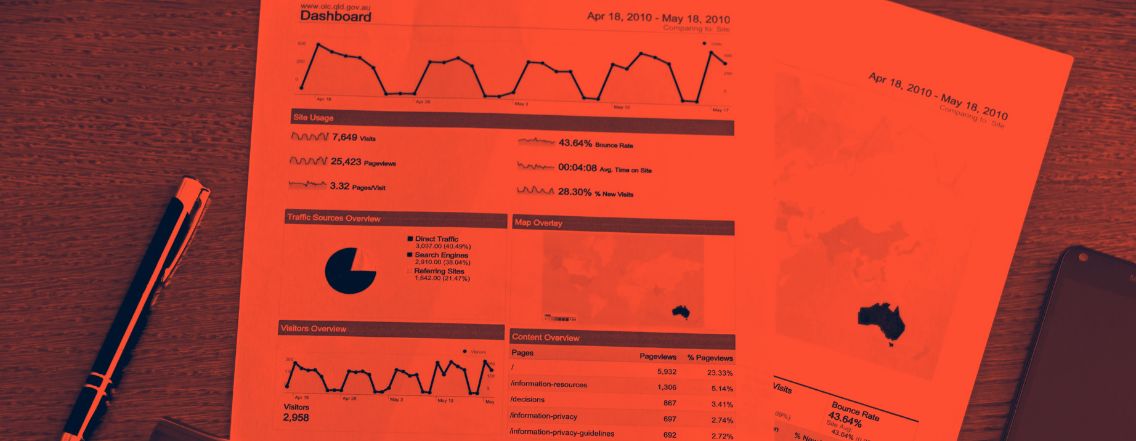What is SEPA? Keep reading to discover our general overview.
1. Definition
SEPA stands for Single Euro Payments Area. It is a European initiative, launched in 2002 by European financial institutions, aiming to ease and improve the efficiency of cross-border payments and turn the fragmented national markets for euro payments into a single and unified domestic market. SEPA intends to make international payments as fast, easy and secured as domestic payments.
The overall goal of SEPA is to simplify procedures and reduce costs of moving capital around Europe by allowing companies to centralise the management of their payments.
The SEPA initiative allows any debtor to make cashless euro payments to any creditor located in the SEPA area, using a single bank account (IBAN) and 3 types of common financial instruments:
- the SEPA Credit Transfer system (SCT)
- the SEPA Direct Debit system (SDD)
- the SEPA Cards Framework (SCF)
2. SEPA Zone
The SEPA zone covers 34 countries
– 19 countries in the euro zone: Austria, Belgium, Cyprus, Estonia, Finland, France, Germany, Greece, Ireland, Italy, Latvia, Lithuania, Luxembourg, Malta, Netherlands, Portugal, Slovakia, Slovenia, Spain
– 9 countries not in the euro zone: Bulgaria, Croatia, the Czech Republic, Denmark, Hungary, Poland, Romania, Sweden, United Kingdom
– 4 member countries of the European Free Trade Association: Iceland, Liechtenstein, Norway, Switzerland
Monaco and San Marino.
Andorra will join the SEPA zone in 2016.
SEPA usually comprises all regions of a country. However, some countries in the SEPA zone have special territories that are not part of SEPA scheme. Here is the list of excluded territories:
– Cyprus: Northern Cyprus
– Denmark: Faroe Islands, Greenland
– France: French Polynesia, French Southern and Antarctic Lands, New Caledonia, Wallis & Futuna
– Netherlands: Aruba, Caribbean Netherlands, Curaçao, Sint Maarten
– Norway: Svalbard
– United Kingdom: British Overseas Territories (except Gibraltar), Crown dependencies
3. Key SEPA dates




